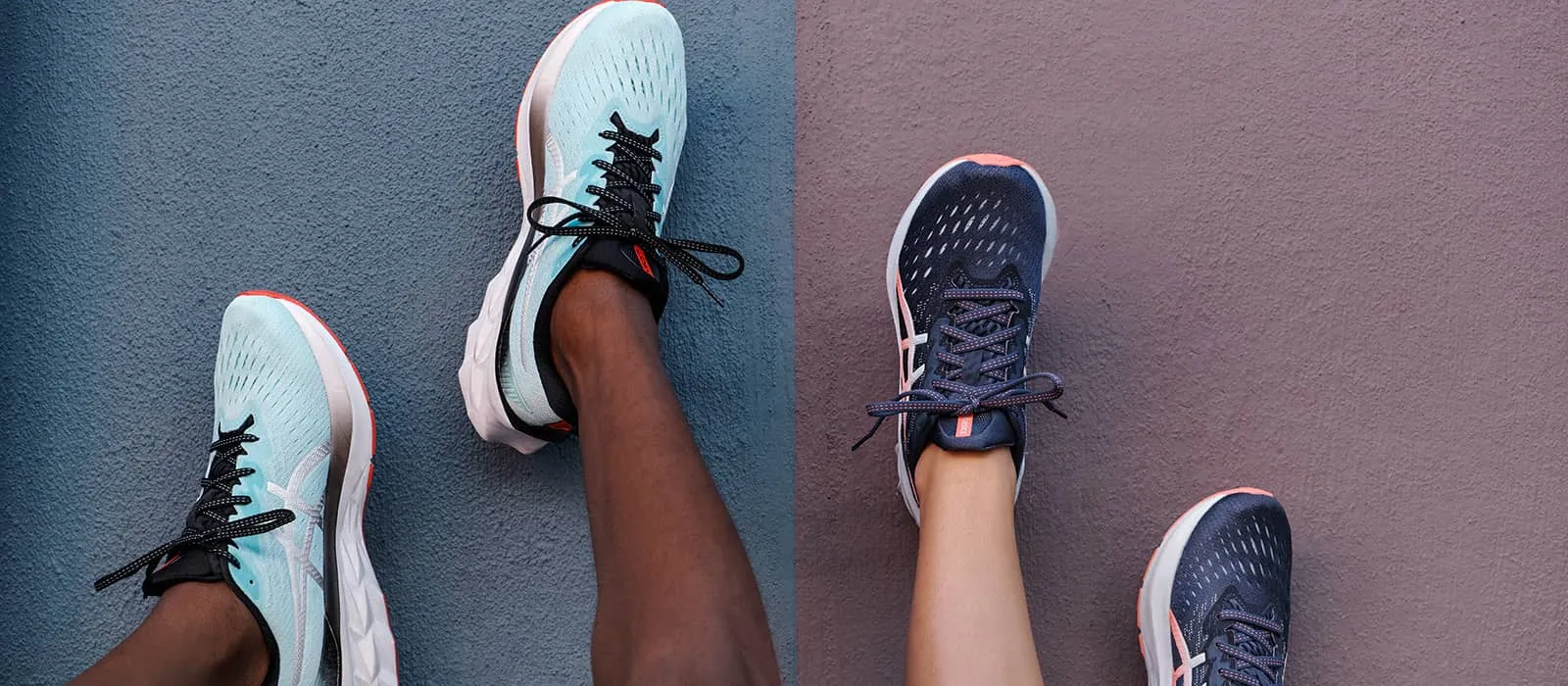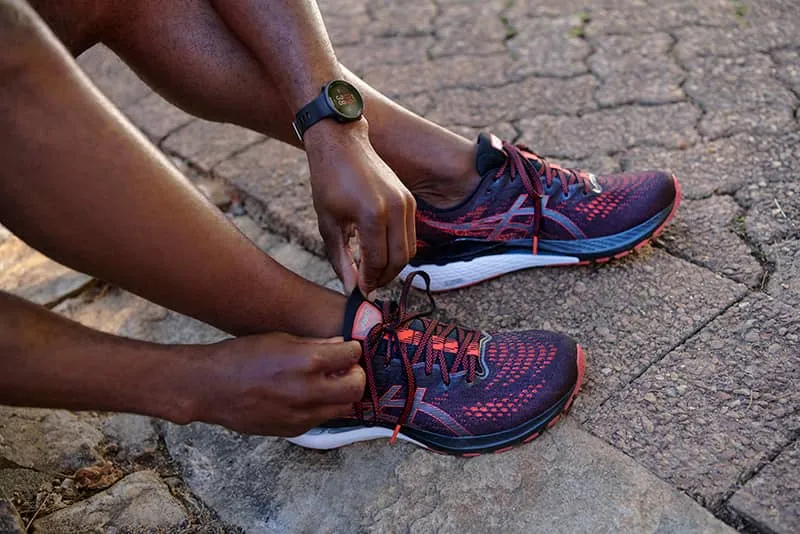
Ensuring Your Running Shoes Fit
August 13, 2021
Finding the correct fit for running shoes is different to shopping for regular shoes. Learn how running shoe fit is different and how to choose.
Finding running shoes that fit you properly is extremely important. Running shoes that fit you well will make every run that you go on a more comfortable and enjoyable experience. It will help you to avoid rubbing and blisters and even reduce your risk of serious injury. You’ll be covering a lot of ground in your running shoes, so it’s worth taking a bit of time to find the right fit.
Here’s everything that you should think about to find running shoes that really fit.
Double-check your shoe size
After reaching adulthood, many of us assume that our shoe size remains constant and the size of our feet when we’re 18 is the same as when we’re 40, but that’s not always the case. As we get older, there are various things that may happen to our feet to change their size:
- Your feet might become flatter and longer
- People with high arches may see their arches get higher, effectively shortening their feet
- Women’s feet often become larger and wider during pregnancy
- Injuries may change your foot shape
- If you wear high heels or tight, pointy shoes a lot, then your toe area could change shape
With all of these potential changes, it’s a good idea to check your shoe size before investing in a new pair of running shoes. You can do this at home by standing on a sheet of paper in your usual running socks and sketching the outline of each foot. Then, measure the width and length of each foot and use our shoe size chart to see what size of shoe is the best fit for you.

What’s the correct fit for running shoes?
When you run, your foot constantly changes shape. Each time your foot strikes the ground, it lengthens and widens as the force is distributed and your foot bones and muscles spread, but once they’re off the ground, they spring back to a smaller size. This means that the correct fit for running shoes is not necessarily the same as the fit for footwear that you use for walking, sitting and standing.
As a rough guide, there should be between half and a full thumb’s width of space between your toes and the end of your running shoes. If you have less space than that, you should consider going up half a size to give your foot more room to move back and forth and expand on contact with the ground.
As a rough guide, there should be between half and a full thumb’s width of space between your toes and the end of your running shoes. If you have less space than that, you should consider going up half a size to give your foot more room to move back and forth and expand on contact with the ground.
Although you need more room in the toe box, it’s also important to make sure that your heel area fits more snuggly than in normal shoes. That will prevent your feet from moving from side to side and potentially causing heel injuries.
At ASICS, our running shoes generally have a wider forefoot to accommodate for the expansion of the foot on impact with the ground, while the heel area fits more snuggly. That is enhanced by our HEEL COUNTER™ system, which improves the fit between your heel and the shoe by restricting displacement to enhance stability and performance

What else should you consider?
Besides the movement of the foot itself, it’s also important to consider some other key factors that can affect the fit of your running shoes:
- Your socks
- Your need for speed
- Foot width
- Time of day
- Remember foot issues
Find the correct fit for running shoes and exercise comfortably
If you already have a good idea what size running shoes you need, then you should be able to browse for your next pair online without any trouble. If you’re not sure how to find the perfect fit, then don’t worry, there’s plenty of help available. Just head on down to your local ASICS store where experienced staff will be on hand to correctly fit your running shoes.


